9 Garden Styles to Inspire Your Outdoor Sanctuary
Even if you are not Mary—or quite contrary—there are many ways your garden can grow


Designing a landscape from the ground up can be as intimidating as a blank canvas or writing doc. Like all art forms—and gardening is indeed an art form—style gives us structure, balance, and a guide for bending traditional forms to match our unique vision. If you take a look through the most popular garden styles used both in the past and today, you can hone in on how to transform a broad idea into a concrete plan.
Choosing a Garden Style: Where to Begin
Garden styles contain just as much influence from history and a mix of cultures as home architecture. And much like the common saying in architectural design, form follows function—in other words, the plants, stepping stones, and water elements all survive a purpose, even if that purpose is to look visually stunning.
Function
If you're just starting your landscape project, take a break and look at your unique outdoor space. This is your canvas. Both formal and informal gardens serve a purpose. Consider how you'd like to use your given area, whether it's for outdoor entertaining, drinking your morning coffee in the sunshine, or sitting around a fire pit after the sun's gone down.
Edible elements of your garden also play a large role in function. Would you like a hearty tomato harvest in July or simply pick some lavender for the living room?
Determining the function of your landscape can help you choose plants, hardscape design, lighting, and outdoor dining or hosting elements.
Form
Within the loose structure of function, consider the creative elements of form. This includes the colors of your plants and hardscape, the textures of plants, the elements of light and shade, and the general use of space.
The form also speaks to function. For example, small spaces will require different walkways than those with a large courtyard. Sloped yards may require different irrigation systems or retaining walls.
Climate
Designing a garden should work hand-in-hand with nature. While no landscape is truly "natural" unless you let the original plant life take over your home, you can create a balance to consider water usage, balance native and exotic plants, and cut down on the hours of work necessary to care for your landscape.
Take this moment to consider how your garden will look and function both throughout the day and the year. Outdoor lighting, for example, creates an ambiance for dining and ensures a safer space in the evening. And if you live in an area with all four seasons, keep leaf, snow, and patio maintenance in mind when choosing a layout.
Most Common Garden Styles
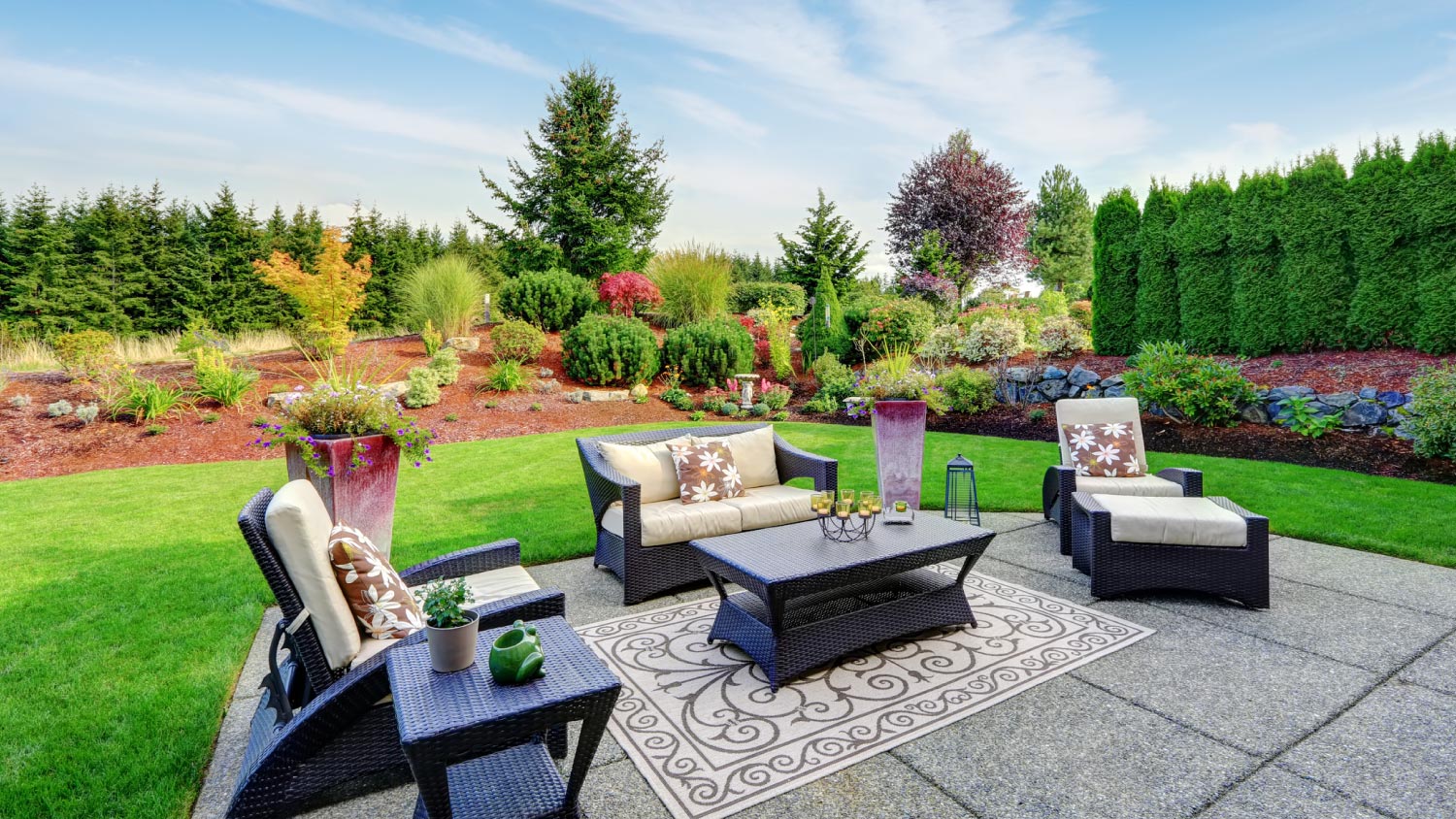
Humans have domesticated plants for about 10,000 years, but today, a few common styles appear throughout American landscapes. Keep in mind that you don't need to stick to one form and can blend two or three to match your ideal form, function, and climate.
1. Classical Garden
Flip on any high-society historical drama and take a look at the gardens filled with strolling socialites. Classical gardens typically refer to the highly manicured, geometric, and symmetrical landscapes of Western Europe before the 20th century.
Like many architectural styles, gardeners borrowed mathematical design elements from the Greeks and Romans, focusing on balance, proportions, and cohesion. They may include manicured shrubbery, a monochromatic flower bed, and clean patterns of each.
2. English Country Garden
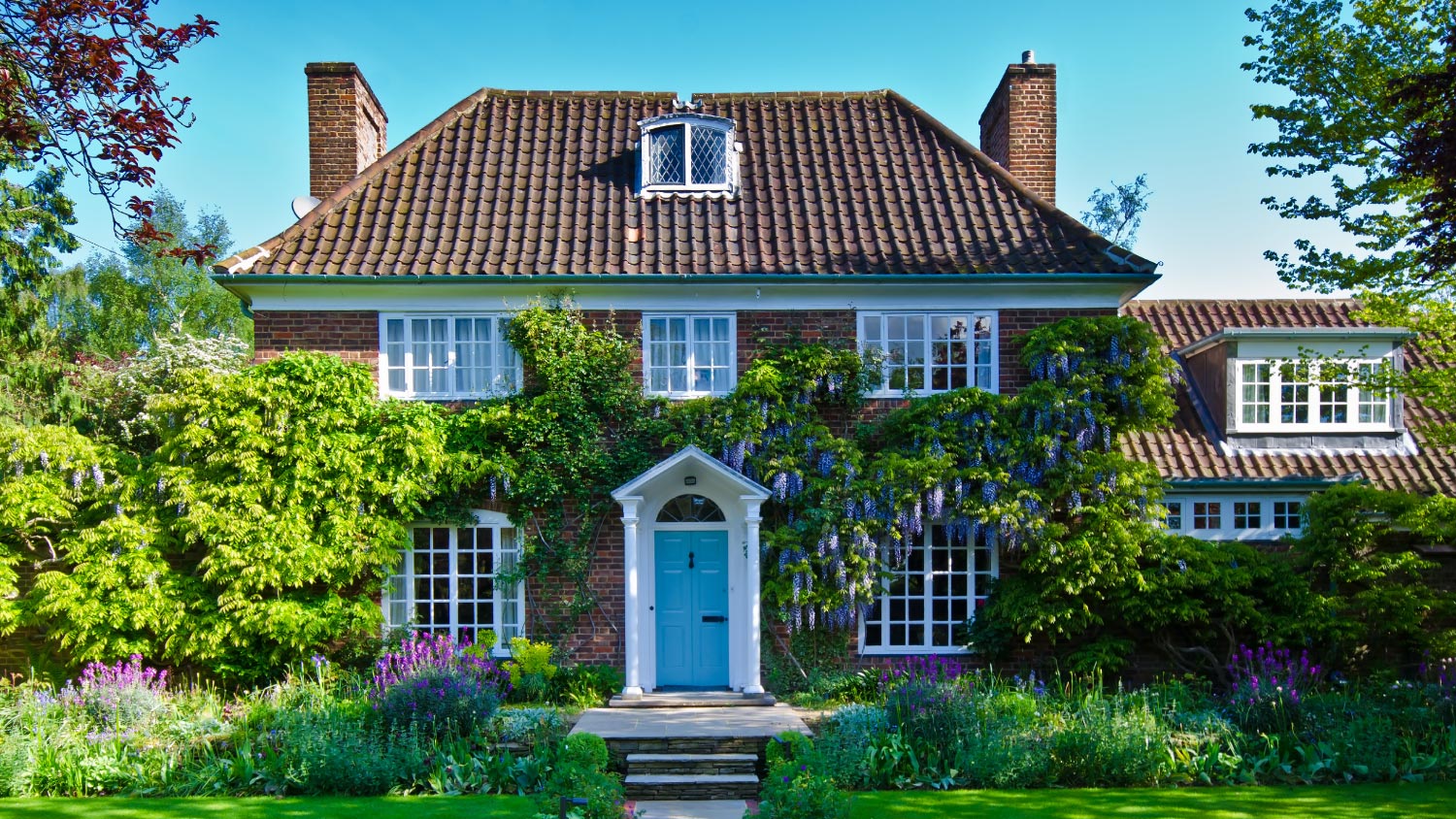
In contrast to a highly controlled English garden or French garden, the cottage style lets native plants flourish to almost unruly levels to give the appearance of a natural landscape. The style enhances rounder curves, hidden nooks, the use of speckled shade, and a wider color palette.
3. Japanese Garden
The Japanese-inspired garden may require a good deal of design and upkeep, but the final product balances the beauty of nature while creating a relaxing outdoor living space. These gardens often incorporate water, stone, and soft elements, often with symbolic elements worked into every little detail. Koi ponds, waterfalls, and gravel walkways are common elements of this style.
4. Tropical Garden
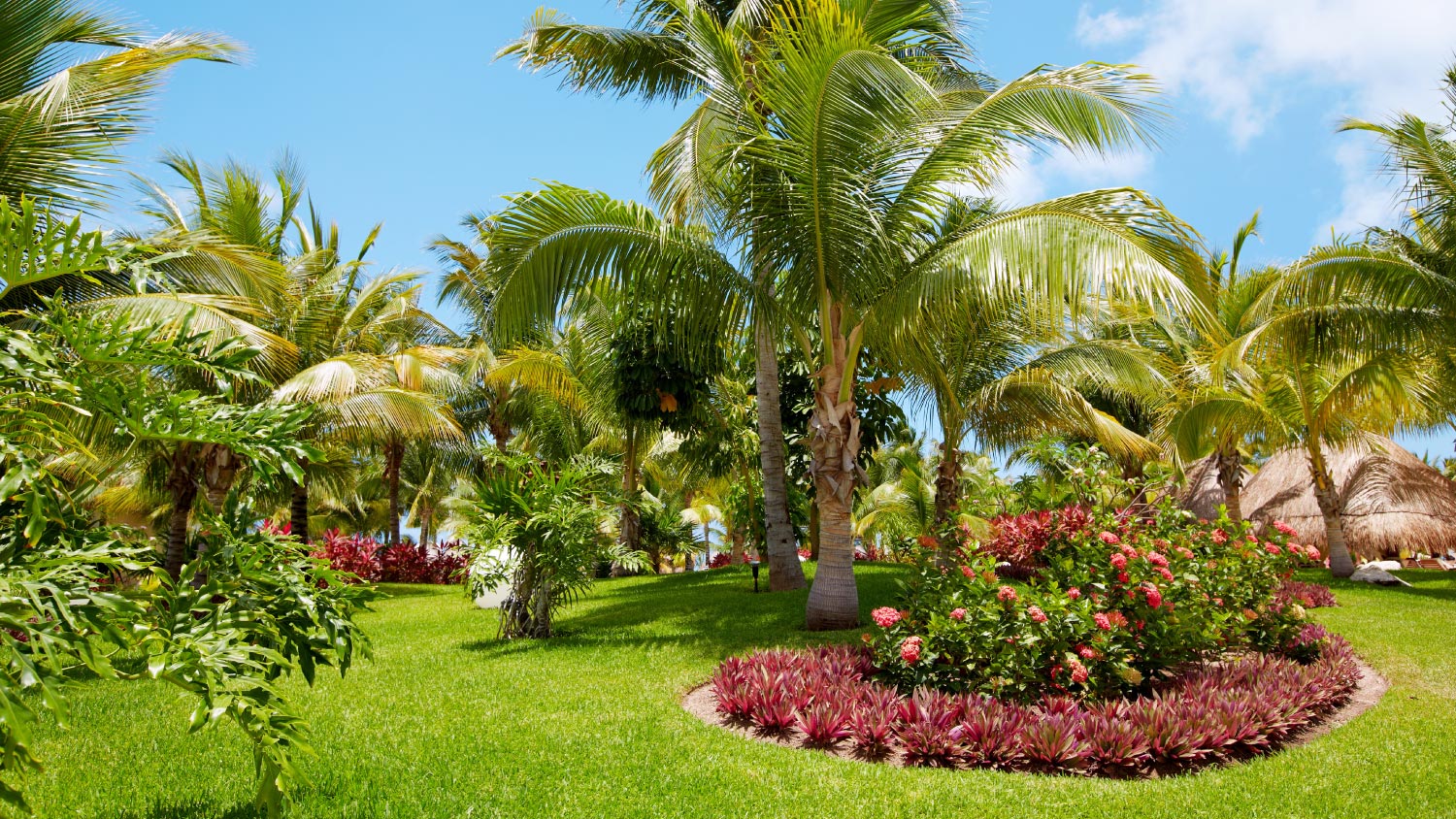
For those who live in warm and humid hardiness zones, tropical gardens welcome the lush greenery native to the area to create a backyard paradise. Tropical landscapes highlight bright colors against deep greenery, low shrubbery, tall trees, as well as water and outdoor hosting layouts.
5. Mediterranean Garden
Similarly, Mediterranean style celebrates climates that can support figs, olives, or citrus fruits. The landscape often incorporates shaded seating areas, perhaps beneath a vine-covered pergola. Stone landscapes and lush potted plants also show off this style.
6. Desert Garden
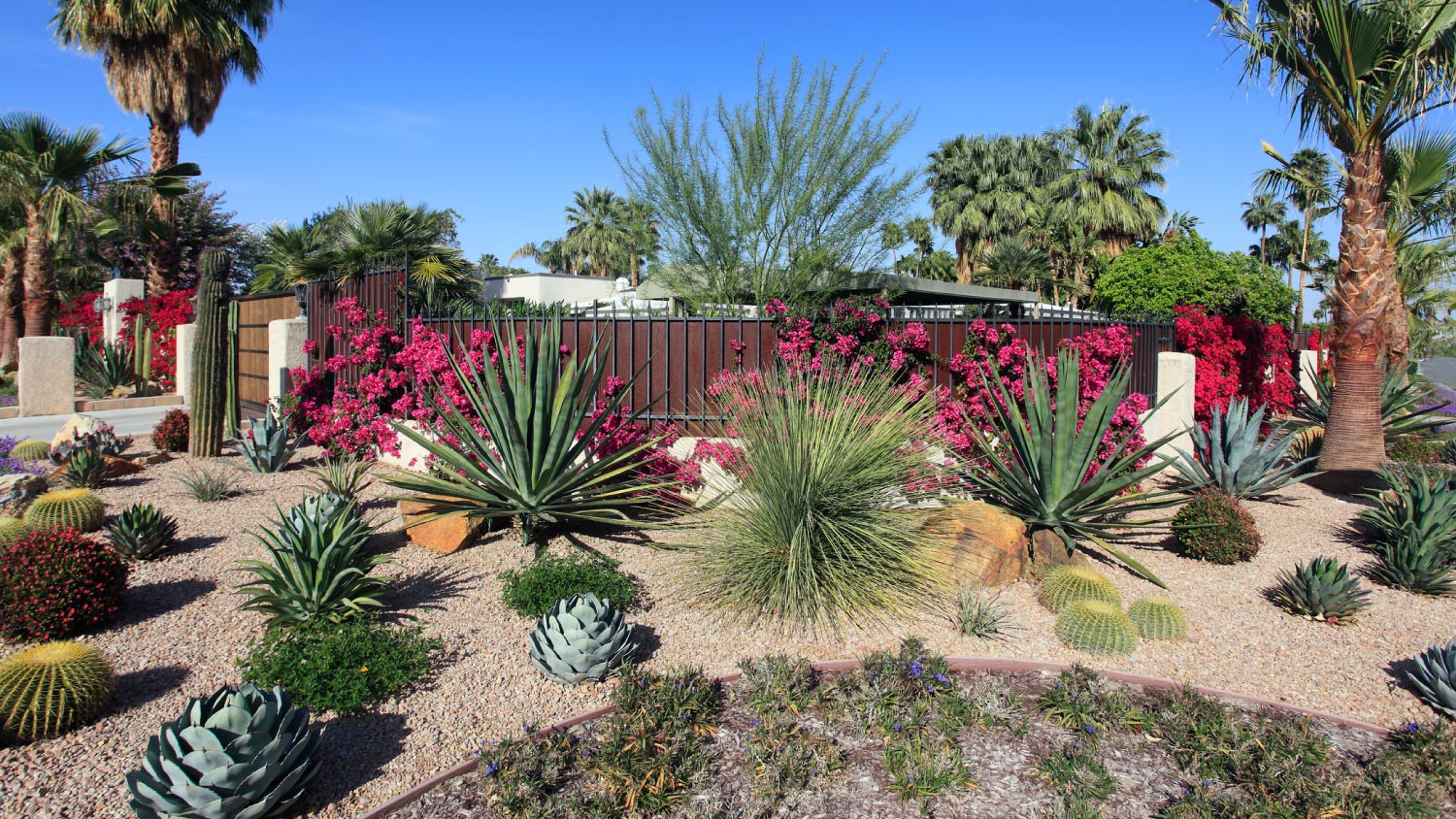
Living in a drought-prone area may seem more complicated, but gardeners can show off a classic southwestern aesthetic when choosing the right plants, hardscapes, and low-water landscape designs. Succulents, cacti, low-shrubs, and shade-giving trees can fill a space with greenery with a minimalistic look.
7. Meadow or Prairie Garden
Meadow-style landscapes offer an alternative to the traditional turf-based lawn. The style replaces the grasses we see across the suburbs with native wildflowers, grasses, and shrubbery. These grasses can reinvigorate poor soil, lower water use, and cut down on weekly lawn care. Break up the dense foliage with walkways, seating areas, and shady trees.
8. Coastal Garden
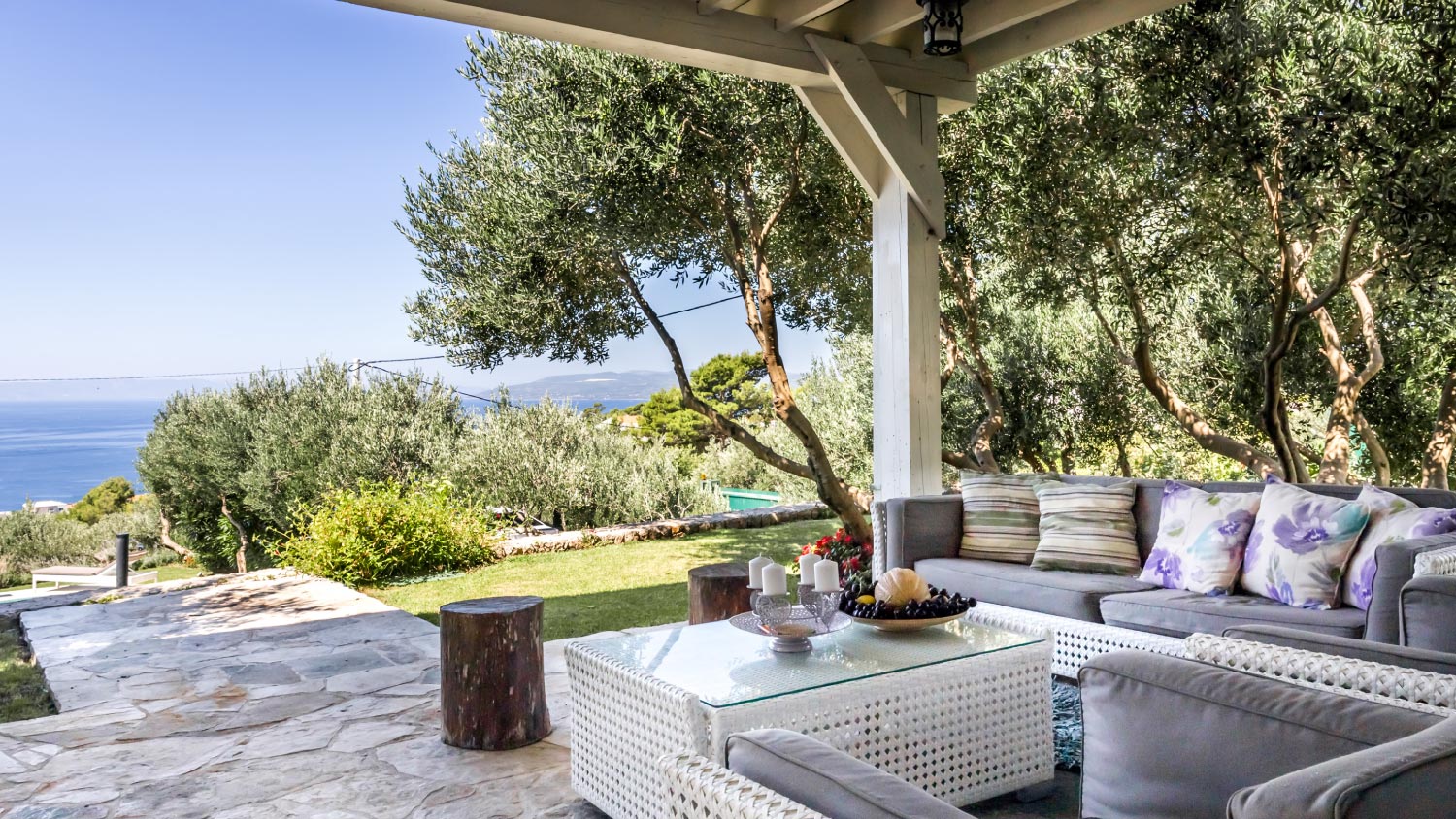
When living by the sea, opt for plants tough against the salty air, persistent wind, and occasional storm. Plants and hardscape elements should discourage erosion and help assist with landscape drainage—many seaside dwellers skip the turf for gravel. Seating areas often sit at the heart of coastal gardens so owners can take in the surrounding views.
9. Modern Garden
Much like modern interior design, a balanced, contemporary garden gives off minimalist energy. Common plants reflect the modern style inside a home as well. They are often symmetrical, easy to prune, and relatively contained. Think succulents, decorative grasses, and an intricately clipped hedge. The aesthetic gives off a sense of deliberate order and balance, much like the classical or Japanese garden, but with even less to draw the eye.
Designing a landscape takes time, but breaking up your larger project into management pieces can simplify the process. Begin by speaking with a local landscape architect and/or designer. You can then set a budget after learning how much hiring a landscape designer costs. These pros can also help you choose specific contractors such as patio designers, pond installers, and gardeners for year-round upkeep.





- Landscapers
- Tree Surgeons
- Gardening Services
- Landscape Architects
- Sod Installation
- Tennis Court Contractors
- Landscape Design
- Retaining Wall Companies
- Grading Companies
- Landscape Rock & Sand Delivery
- Mulch Delivery Services
- Pond Companies
- Artificial Grass Companies
- Shrub Removal & Trimming
- Backyard Design Companies
- Commercial Landscaping
- Koi Pond Services
- Backyard Landscapers
- Trampoline Assembly
- Hedge Trimming
- Pond Services
- Garden Design
- Outdoor Plant Watering
- Putting Greens
- French Drains
- Turf Installation
- Sod Removal Services
- Lawn Repair Services
- Brush Chipping Services
- Hardscape Contractor
- Landscape Rock Removal
- 47 Landscaping Ideas to Consider for Your Home
- 14 Creative Home Garden Ideas That Inspire
- 11 Tips for Creating a Bountiful Backyard Garden
- 28 Small Backyard Ideas: Make the Most of Your Yard
- What Is Xeriscaping, and How Can You Do It Successfully?
- Plants That Attract Beneficial Pests, From Honeybees to Ladybugs
- Identifying Plant Heat Stress: How to Protect Your Garden During a Heat Wave
- 23 Popular House Styles: Architectural Designs and Their Unique Features
- 13 Essential Landscaping Tips for a Beautiful Spring Garden
- 9 Tips for Designing Your Dream Outdoor Entertainment Space










